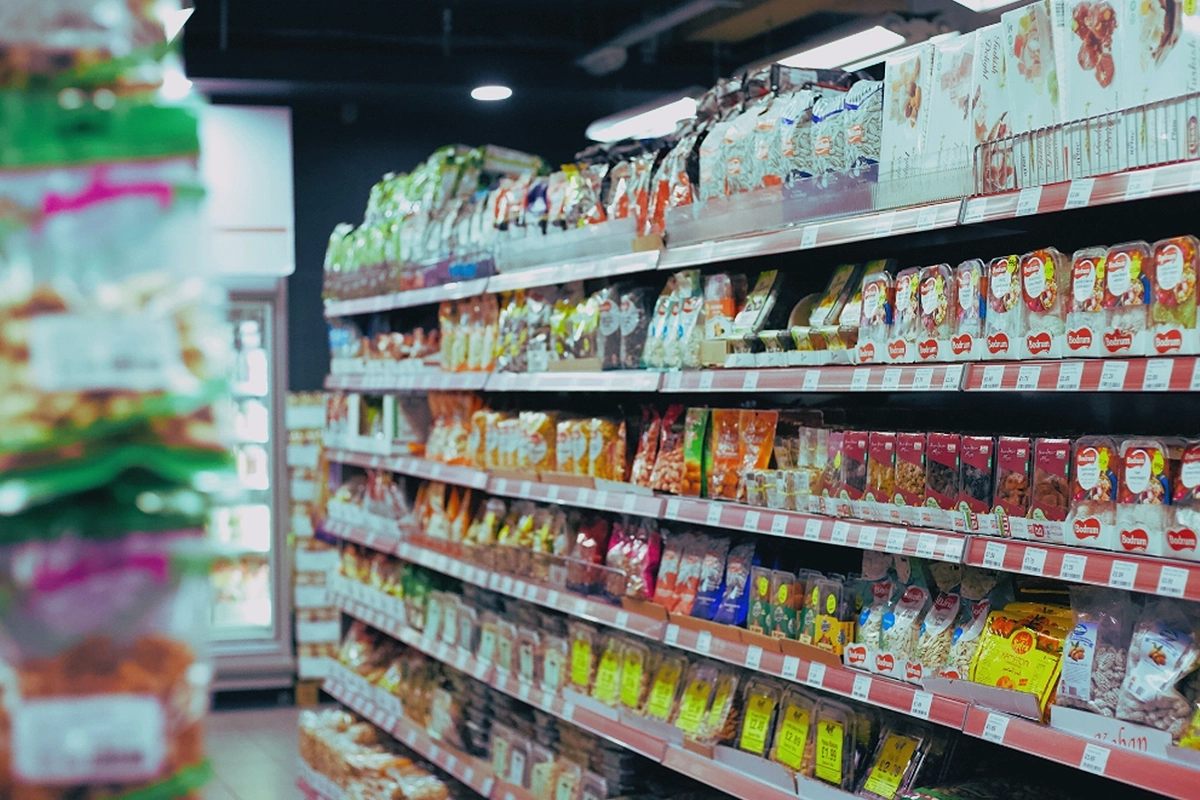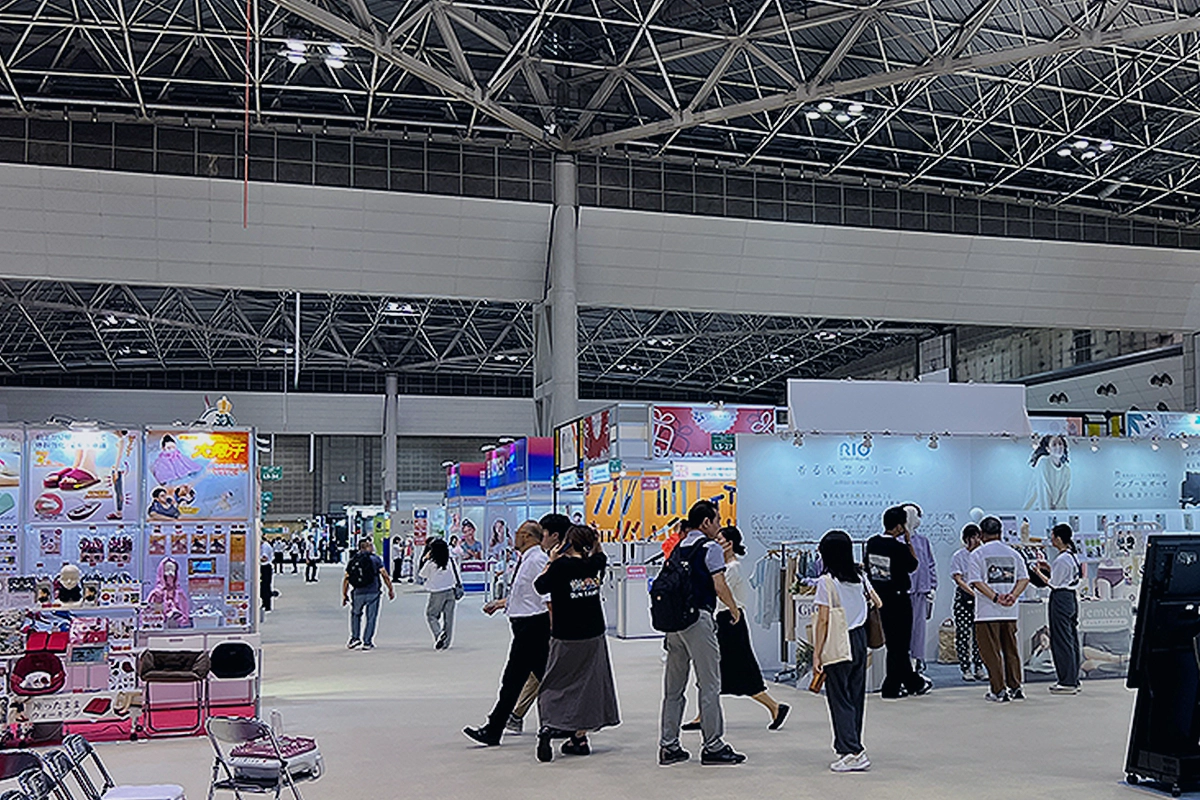Japan’s food and beverage (F&B) market, distinguished by its sophisticated consumer base and diverse culinary landscape, offers vast opportunities for international exporters. Success in this market, however, isn’t just about exporting products; it involves understanding the nuances of Japanese culture, strategic planning, and effective localization. This expanded guide dives deeper into the intricacies of making a successful foray into the Food and Beverage Market Japan.
Understanding the Food and Beverage Market Japan
Japan’s F&B market is renowned for its high standards and gourmet experiences. Japanese consumers are continually seeking new and unique culinary delights, making the market dynamic and competitive. From traditional izakayas and upscale cafes to the ubiquitous convenience stores, each offers distinct opportunities for F&B brands to showcase their products.
Crafting a Japan Sales Strategy for F&B
To penetrate the Japanese F&B market, a multifaceted approach is essential:
Market Research and Consumer Insights
Gaining insights into the preferences and behaviors of Japanese consumers is crucial. This involves researching local tastes and dietary trends, understanding regional differences, and identifying potential niches.
Regulatory Navigation
Japan’s food safety and import regulations are among the strictest in the world. Brands must navigate these regulations meticulously to ensure compliance and smooth market entry.
Strategic Partnerships
Forming alliances with local distributors and partners who share your brand’s values can significantly enhance market penetration. These partnerships can provide valuable local insights and facilitate smoother entry into various retail channels.
Embracing Cultural Adaptation for F&B in Japan
Adapting to local culture is key to resonating with Japanese consumers:
Flavor Localization
Adapting product flavors to align with local preferences can significantly impact market acceptance. This might mean reducing sugar levels or incorporating local ingredients.
Packaging and Presentation
Packaging in Japan is not merely functional; it’s an integral part of the product experience. Effective packaging should reflect quality, attention to detail, and respect for the consumer.
Marketing with Cultural Nuance
Marketing strategies should be tailored to align with Japanese cultural values and consumer behavior. This involves understanding local communication styles, preferences, and the cultural significance of food and beverages.
Localizing F&B Products in Japan
Successful product localization goes beyond translating labels. It involves embedding your brand into the Japanese lifestyle. This could mean adjusting product sizes, flavors, or even the product’s concept to better suit local tastes and preferences.
The Role of WeLink in Your Market Entry
WeLink acts as your navigator in the complex Food and Beverage Market Japan. With expertise in market analysis, legal compliance, and brand localization, WeLink’s services are invaluable for a smooth and successful market entry.
Recent Trends in Japan’s F&B Market
Understanding recent trends is crucial for effective market entry:
Health and Wellness Focus
There’s a growing trend towards health-conscious food choices in Japan. Consumers are increasingly looking for functional foods that offer health benefits, such as boosted immunity or improved digestion.
Fusion Flavors
Japanese consumers are open to fusion cuisines that blend traditional Japanese flavors with international influences, offering a unique and diverse culinary experience.
Sustainability and Ethical Sourcing
Sustainability and ethical sourcing are becoming increasingly important. Consumers are more conscious of the environmental impact and ethical implications of their food choices.
Technology in F&B
Advancements in food technology and AI-driven kitchen enhancements are reshaping the culinary scene. Also, the popularity of food delivery apps and online ordering systems is growing, offering new avenues for F&B businesses.
Low-to-No Alcohol Beverages
There is a rising trend in low-to-no alcohol beverages in Japan, catering to a demographic that prefers healthier, non-alcoholic options without compromising on the social aspect of drinking.
Conclusion
Japan’s Food and Beverage Market is a land of opportunity for exporters who can adeptly navigate its complexities. The key lies in thorough market research, understanding and adapting to local tastes, navigating regulatory landscapes, and forming strategic partnerships. With these strategies, alongside aligning with current trends like health and wellness, technology integration, and sustainability, your F&B brand can successfully penetrate and thrive in the Japanese market.
Embark on your journey into Japan‘s vibrant F&B sector with a well-crafted strategy, and savor the taste of success in one of the world’s most sophisticated markets.
Frequently Asked Questions
What drives Japan’s F&B market?
Japan’s F&B market is driven by high standards, gourmet experiences, and a continual quest for culinary innovation.
Key to successful market entry in Japan?
Successful market entry hinges on cultural adaptation, strategic planning, regulatory compliance, and effective localization.
Importance of partnerships in Japan?
Partnerships with local distributors are crucial for market insights, smoother entry, and wider distribution.
Role of packaging in Japan?
Packaging in Japan signifies quality and respect, playing a vital role in product perception.
Are health trends influencing Japan’s market?
Yes, health and wellness trends are increasingly shaping consumer choices in Japan’s F&B market.
Impact of technology on Japan’s F&B market?
Technology, especially AI and online ordering systems, is significantly transforming Japan’s F&B landscape.


